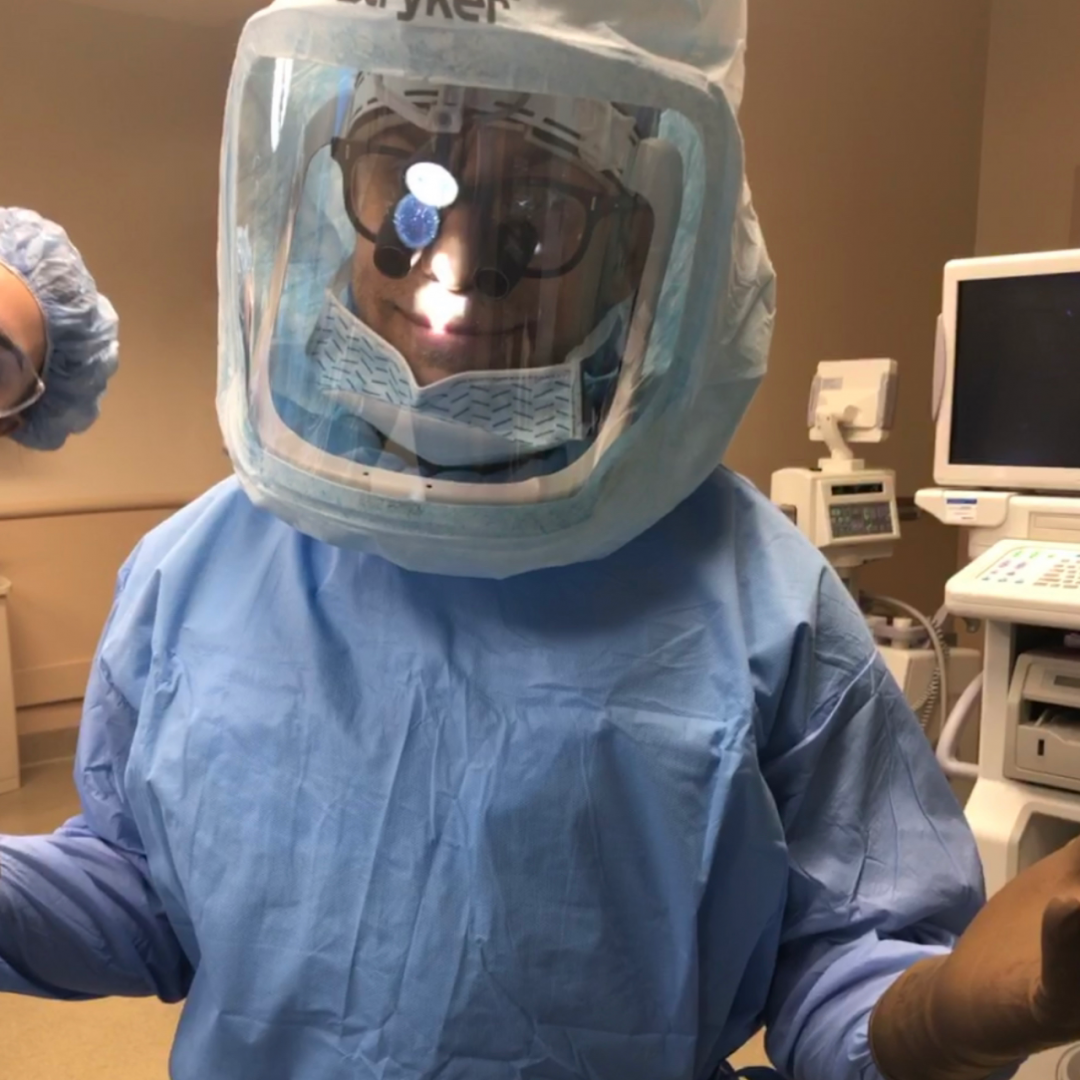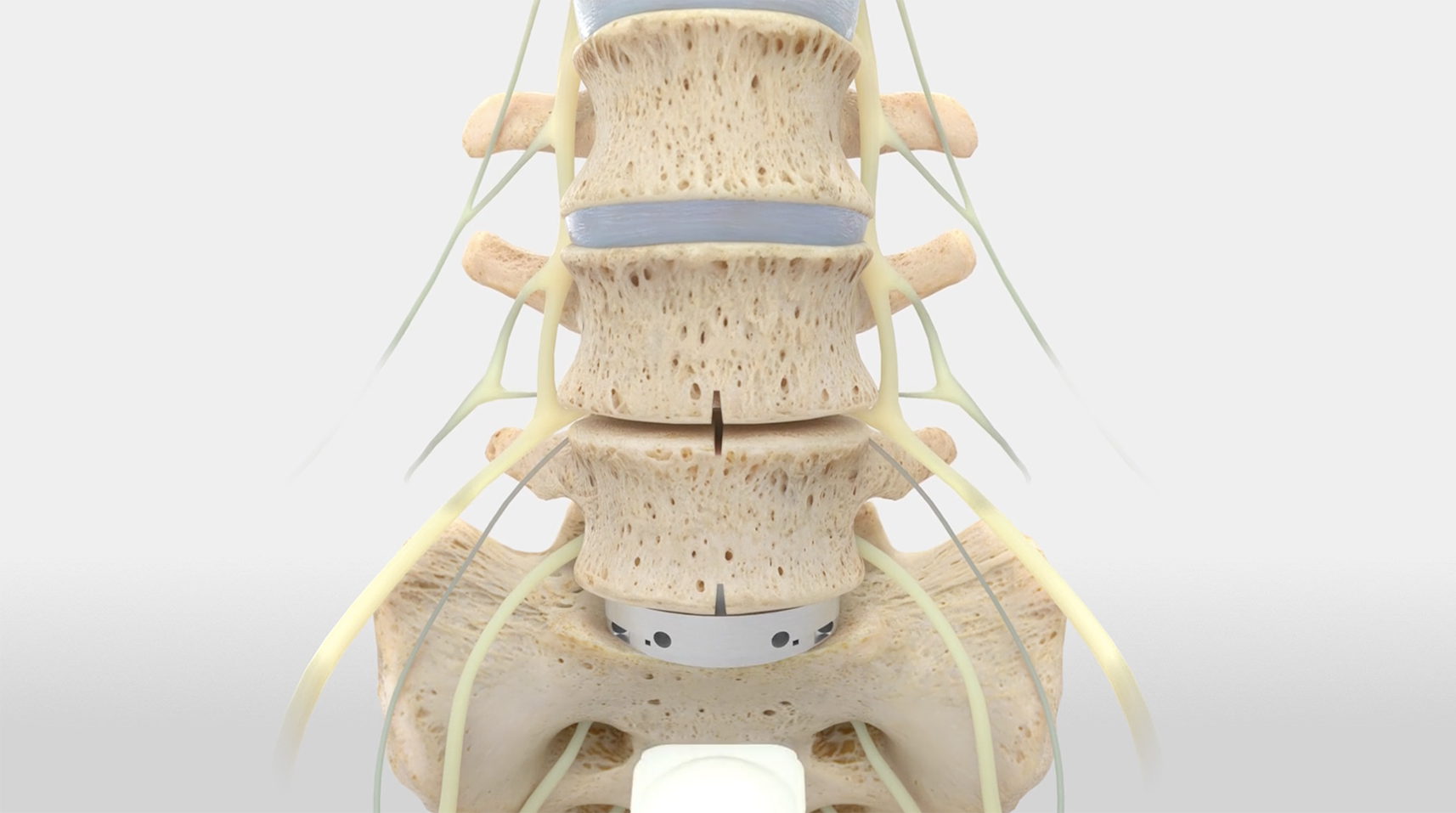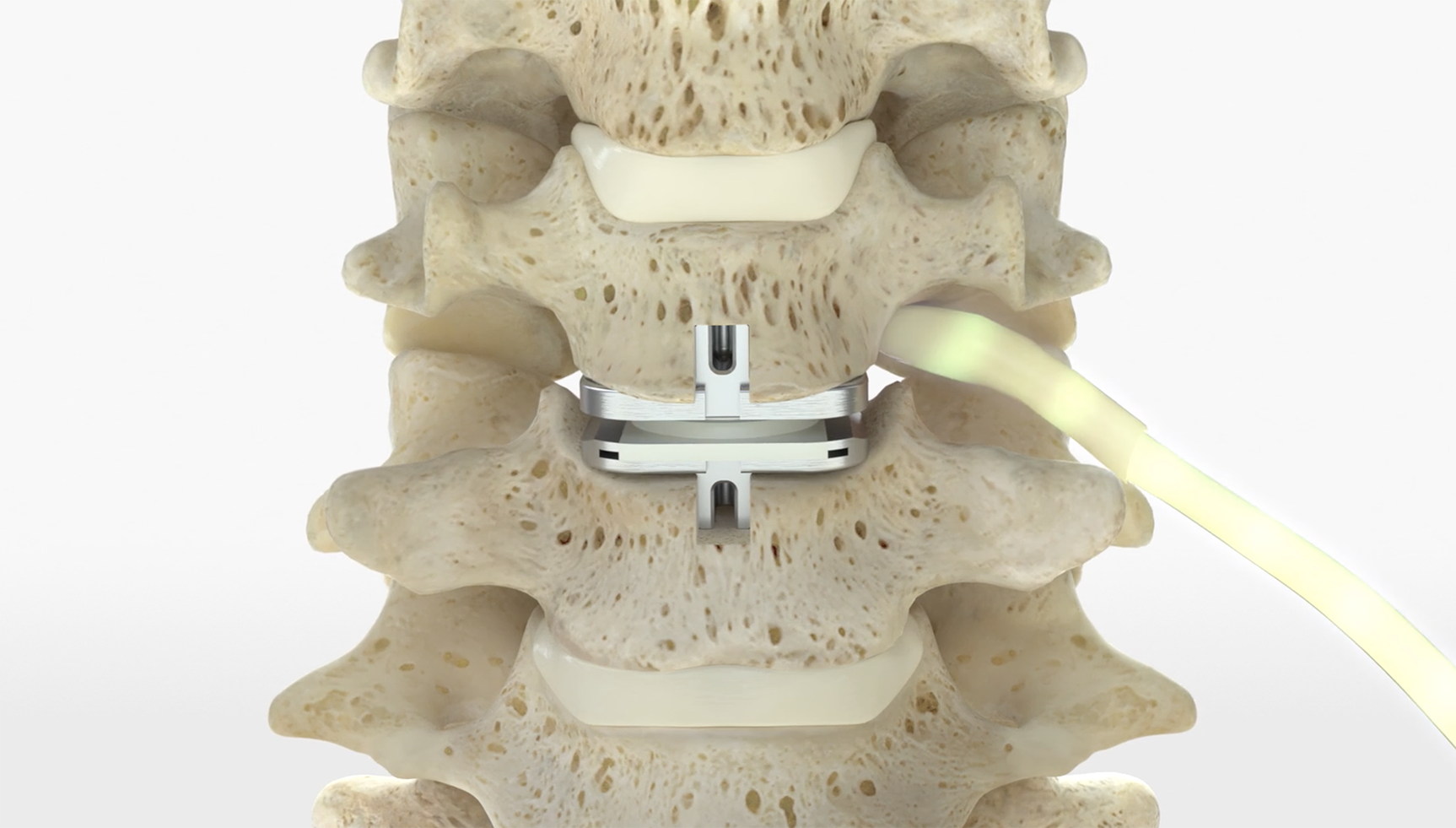
Artificial Disc Replacement

Spine surgery has a reputation for being the “last stop” for people with back and neck pain caused by spine disorders or trauma. That may have been true once upon a time, but not anymore.
This is especially true when it comes to artificial disc replacement. In fact, patients considering artificial disc replacement (ADR) surgery with Dr. Radcliff will be happy to know that he performs ADR using minimally invasive techniques that preserve natural tissue planes while also preserving motion.
Dr. Radcliff and his staff at the Spinal DISC Center are recognized experts in the field of artificial disc replacement, so you can rest assured that you are in the best of hands.
What is ADR?
Artificial disc replacement surgery is typically recommended for patients who have disc herniation, spine injury, or degenerative disc disease causing chronic pain that hasn’t been relieved through non-surgical treatments. It is typically performed to replace a diseased or damaged intervertebral disc of the spine with an artificial joint.
Dr. Radcliff performs ADR as an alternative to fusion surgery because it provides patients numerous benefits, including preserved motion of the spine. During this procedure, Dr. Radcliff makes a small incision through which he removes the injured disc and any associated bone spurs. He then replaces it with an artificial disc that is designed to replicate the natural motion of the spine in order to preserve range of motion in that area.
Relieving pain, preserving motion
A common aspect of all artificial discs is that they are designed to retain the natural movement in the spine by duplicating the rotational function of the discs Mother Nature gave us at birth. Most artificial disc designs have plates that attach to the vertebrae and a rotational component that fits between these fixation plates. These components are typically designed to withstand stress and rotational forces over long periods of time. Still, like any manmade material, they can be affected by wear and tear.
Dr. Radcliff is trained on all of the disc replacements in the cervical and lumbar spine, including the M6, Mobi-C. Prodisc-C, Simplify Medical Disc.
ADR surgery has numerous benefits for the patient, including:
- Replacing joints has a long track record of success in the human body
- Maintains normal motion in the spine
- Eliminates the complications and issues sometimes associated with fusion
- Reduces the chance of degenerative disc disease in adjacent joint
- There is no bone graft requirement
- There can be a quicker recovery and return to work or activity
- It can be a less invasive and less painful surgery than a fusion
- There can be less blood loss during surgery
The procedure is designed to relieve the pressure on your spinal cord or nerves that are causing pain, numbness, and weakness.
TOPS System: An alternative to lumbar spinal fusion and ADR.
TOPS, short for Total Posterior Spine, is a special tool made by a company called Premia Spine. It’s used by doctors to help people with back problems in the lower part of their spine.
Some people have an issue where their backbones need to be fused together, and TOPS offers a different way to do that without fusing the bones together permanently. Before you even think about having a surgery that fuses your backbones together – called a lumbar fusion – you should talk to Dr. Radcliff about whether you might be able to use TOPS instead.
Not everyone is a candidate for TOPS, but for those who are, it’s a great alternative to lumbar fusion. Dr. Radcliff can help you figure out if TOPS might be the right choice for you.
TOPS is different from Artificial Disc Replacement (ADR). ADR can’t be used when patients have arthritis in their backs, but TOPS can. It’s easier to use and doesn’t have to be put in through the abdomen. The best part? TOPS has been studied by scientists and doctors in Europe and other places. They wrote papers to tell everyone how well it worked. The studies have shown that TOPS can help the back without causing other problems nearby, something that can happen with other treatments. This makes it a really good choice for people who need help with their back and want something tested and proven.
TOPS is a specialized procedure and not every surgeon is qualified to perform it. The company that created TOPS carefully examines surgeons before allowing them to use TOPS, choosing only those surgeons with the best reputations and best track records. Dr. Radcliff is one of those elite surgeons, right here in New Jersey.

Expert care
For many patients, artificial disc replacement is an excellent alternative to spinal fusion surgery because the artificial disc allows the spine to have much greater mobility. After surgery, patients not only find their pain is relieved, but they can eventually return to many of the activities they once enjoyed since artificial disc replacement preserves the spine’s ability to bend, flex, and rotate.
In the low back, because of the number of vertebrae, this loss of movement is less of a problem as the remaining vertebrae can provide enough rotational movement. “In the neck, however, there are fewer vertebral bones,” explains Dr. Radcliff. “When two vertebrae are locked together as in the ACDF surgery, not only does the person notice that they have less rotation in the neck after surgery, but other issues also come into play. Because two vertebrae are locked, the other vertebrae above and below have more stress on them, which can, in turn, cause additional disc herniations in the remaining segments.”
Dr. Radcliff is considered an industry expert and thought leader in the field of artificial disc replacement, and has written numerous papers, four of which have won prestigious international awards. Additionally, Dr. Radcliff is also in demand as a speaker on the subject of artificial disc replacement.






